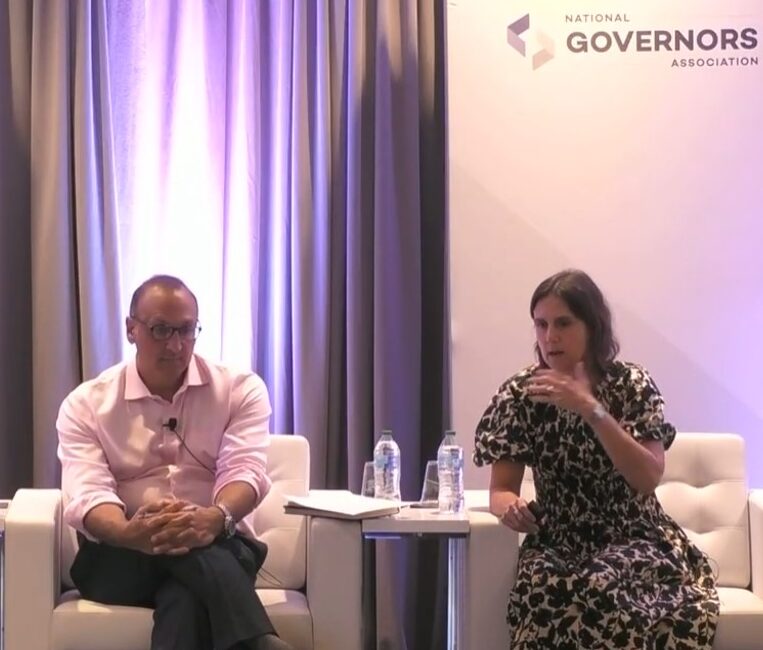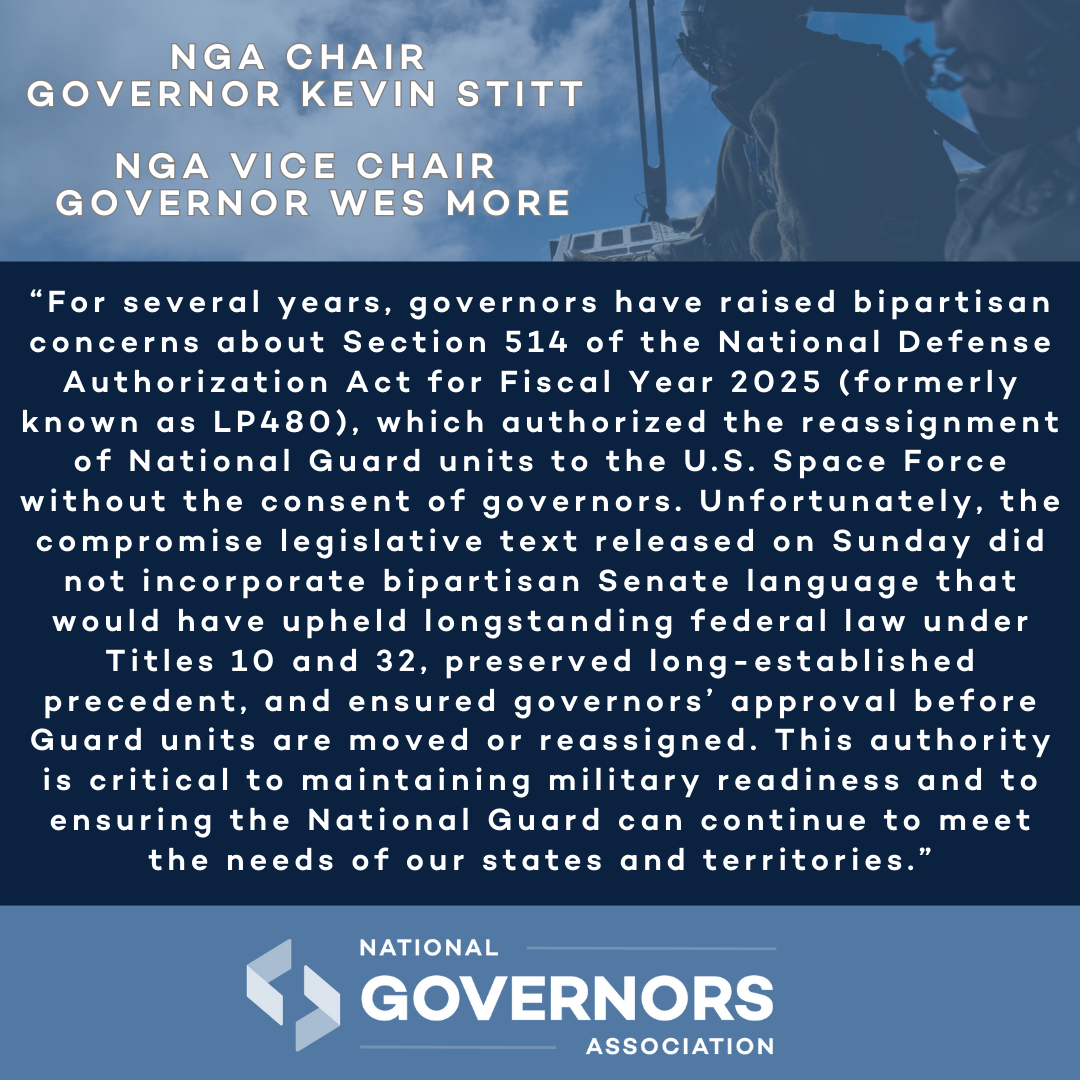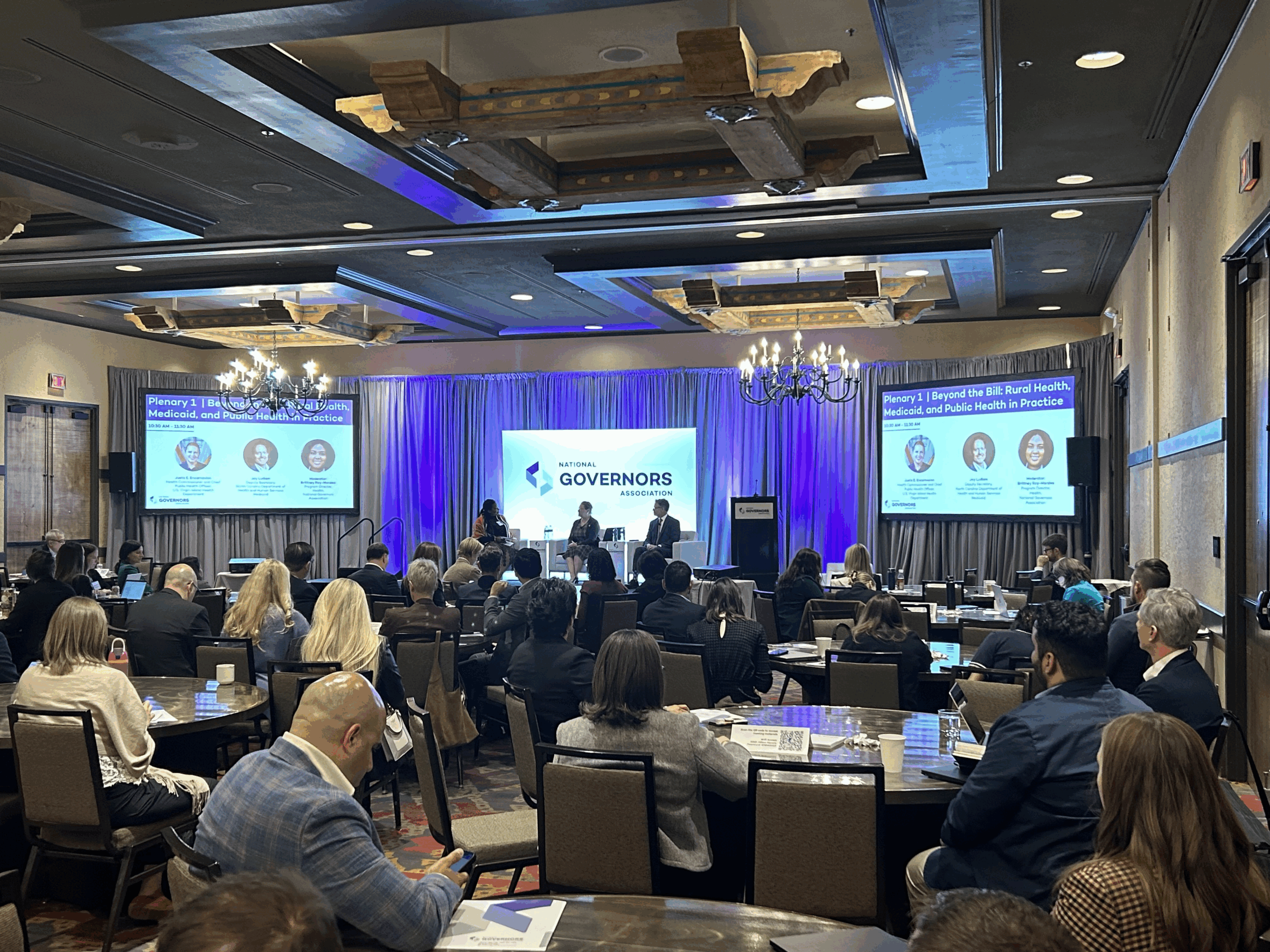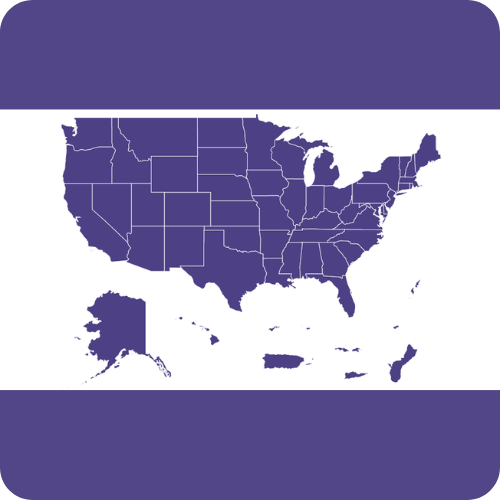Procurement can be one of the largest barriers to progress that a Governor could face in their tenure: contracting and procurement can be as large a contributor to initiative success as the effectiveness of policy itself. Human services systems are invariably in constant use of the procurement process through modernizing antiquated information systems, implementing innovative technology, or tracking program outcomes and compliance. Procurement efficiency has long been a complicated process, but as states and territories are responding to both the excitement and trepidation around generative AI and other new technology, it’s critical that Governors have the tools to navigate this process successfully. On April 23rd, 2025, the NGA Children and Families team hosted a conversation for state leaders about common procurement challenges and the tools available to Governors to create change.
A recording is available here. Please contact the NGA Children & Families team for the password.
Speakers
- Wallace Sermons, Chief Procurement Officer, Maryland Office of State Procurement
- André Lima, Director for the United States, Open Contracting Partnership
Key Takeaways
- Procurement is both a critical and expensive link for policymaking and public service delivery and can determine how responsive government is to the needs of citizens
- Procurement improvement requires changing deeply entrenched systems, and Governors top-down leadership on procurement issues can create a sense of urgency to compel agencies to better coordinate on seeking solutions.
- Consider bi-directional improvements : support and require state procurement offices to improve efficiency of contract review, approval, and payments, as well as empower staff with the tools and permissions to hold vendors accountable for quality service
- To address common procurement challenges, state governments can:
- Prioritize vendors’ performance towards outcomes over mere strict compliance
- Invest in hiring and retaining staff with technical expertise so in-house staff have the knowledge to effectively negotiate and assess contracts
- Low-hanging fruit:
- Focus on modular and flexible systems rather than monolithic ones, and
- Expand existing capacities rather than developing novel structures
Presentation from Maryland Office of State Procurement
- Procurement is a top priority for Gov. Moore: in December of 2025, Moore signed an Executive Order outlining his plan for procurement reform, which was followed by the Procurement Reform Act of 2025, which passed the legislature in April
- Strategic blueprint for standardizing operations and modernizing systems
- Represents the most robust procurement reform in decades and gave the Office of State Procurement teeth to signal urgency and top-down leadership
- Goal: to create clear, consistent processes that reduced internal confusion, sped up digital transformation, and leveraged automation of routine steps, with a priority to flag risk early, and ensure that procurement staff has the right tools to operate efficiently
- Centered vendor accountability not just through compliance
- Expanded “accountability” to include performance measurement and customer feedback
- Key pillars and impact areas of the E.O. and the larger procurement reform initiative include:
- Exploring emerging technology like AI and Automation, with a mindset to “start small but scale smart” first expanding the capacity of existing tools with minimally added cost and being strategic about larger investment
- Streamlining processes: procurement timeline was averaging 277 days, E.O. introduced a 120-day maximum timeline for routine procurements
- Exploring discounts in exchange of for accelerated payments: advancing the timeline of provider payments (e.g. paying in 20 days versus 30 days) in order to negotiate a savings for the state
- Reducing administrative burden: extended socioeconomic business certifications from a 1-year certification cycle to 3 years, which reduced administrative burden on businesses to increase bandwidth to focus on good service
- Working directly and formally with HBCUs to support state contracting processes
- Withholding payments from non-compliant vendors, which allows the state to hold vendors, including key and longstanding vendors, accountable
- Centering constant and consistent communication with vendors and impacted communities, not just at time of initial purchase but also throughout the contract terms
Presentation from Open Contracting Partnership
- Open Contracting Partnership helps transform public procurement from a back-office compliance function into a strategic process that ensures that public services are delivered in a way that drives better outcomes for people
- Procurement determines how responsive governments can be to the needs of residents
- Procurement is a multi-trillion-dollar marketplace: 1 in every 3 dollars that government spends is on public procurement to deliver services, goods, and infrastructure
- The chaotic rollout of Healthcare.gov in 2013 is a salient reminder of fundamental procurement errors: healthcare coverage seekers faced error messages and wide-spread system crashes
- Common procurement challenges include:
- Workforce capacity and capability gaps, where in-house staff lack technical expertise
- Cascading technical design, where small issues can domino into larger ones
- Outdated systems with cumbersome processes and strict rules
- Barriers to collaboration among understaffed, under-resourced, and deeply siloed offices
- Effective procurement reform requires executive leadership to drive both mindset shifts and implementation, including modular system development, technical staff recruitment and retention, and shifting power and capabilities from vendors to in-house teams
Resources
- Accountability and the Challenge of Government Technology Reform
- Peddling openness: Mexico City’s journey to procure a better bike share system
- Embracing Agile implicitly means a major shift in project control.
- Reconceptualizing Public Procurement to Strengthen State Benefits Delivery and Improve Outcomes












